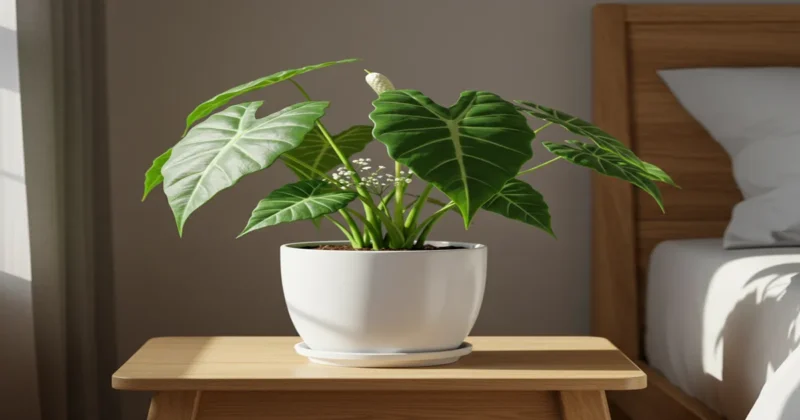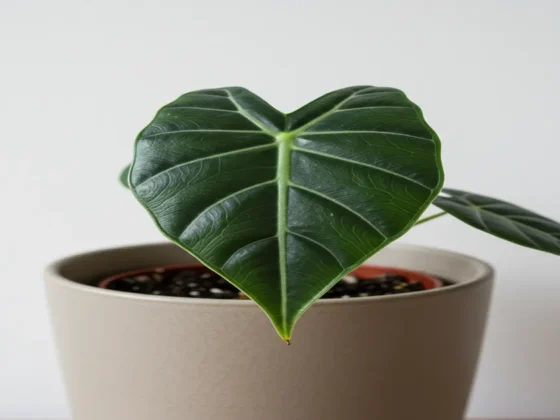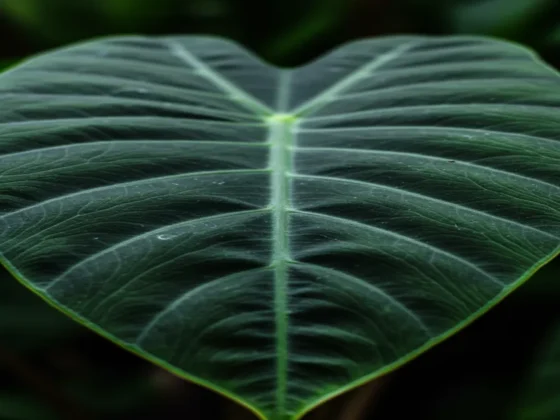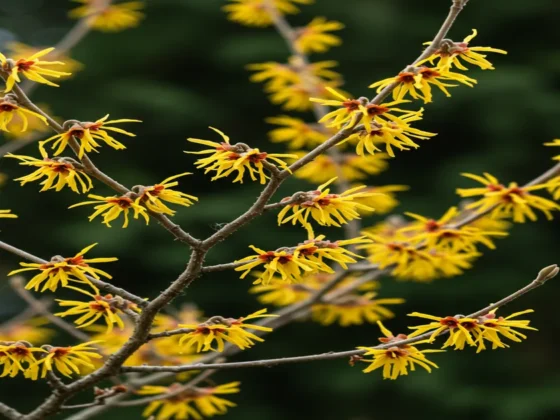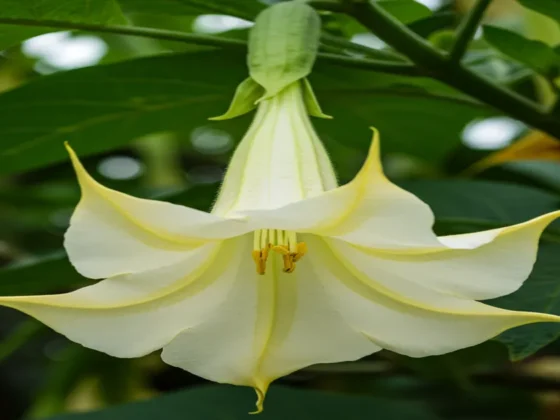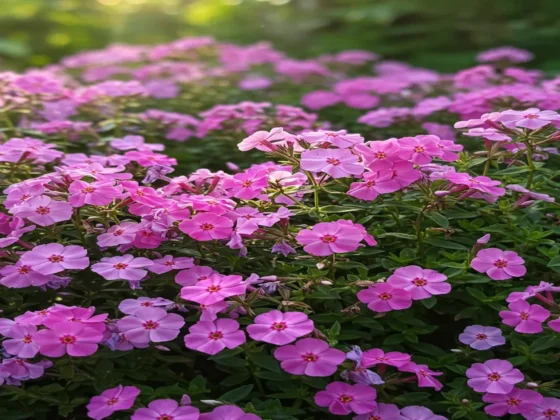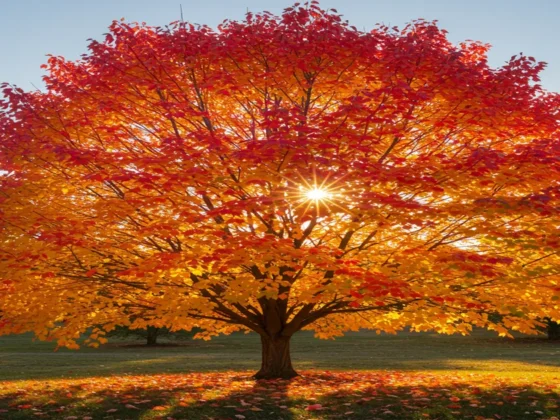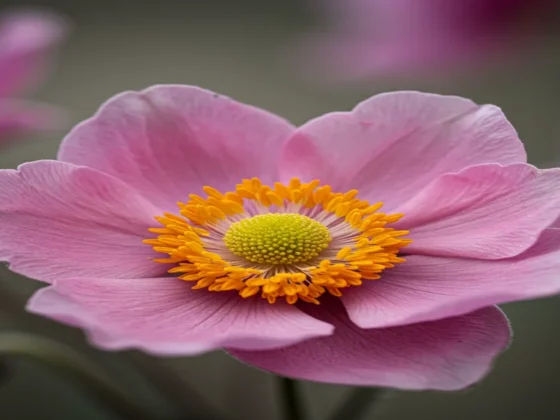Alocasia Polly is an appealing indoor plant originating from tropical regions in South Asia. Alocasia Polly can be successfully grown and maintained indoors throughout the year. When provided with suitable conditions and basic care, alocasia Polly proves to be a rather undemanding and easily cultivatable plant. It thrives best in filtered, dappled sunlight. Alocasia Polly and other elephant ear plants are known to be invasive in mild, wetland climates like the Gulf Coast of the United States. Prior to planting alocasia Polly outdoors, it is advisable to seek advice from your local extension agent to determine if this plant is invasive in your area—or opt to keep it indoors as a houseplant. Due to its mild toxicity, alocasia Polly should be placed out of reach of children and pets. Keep reading for our care instructions.
Trimming
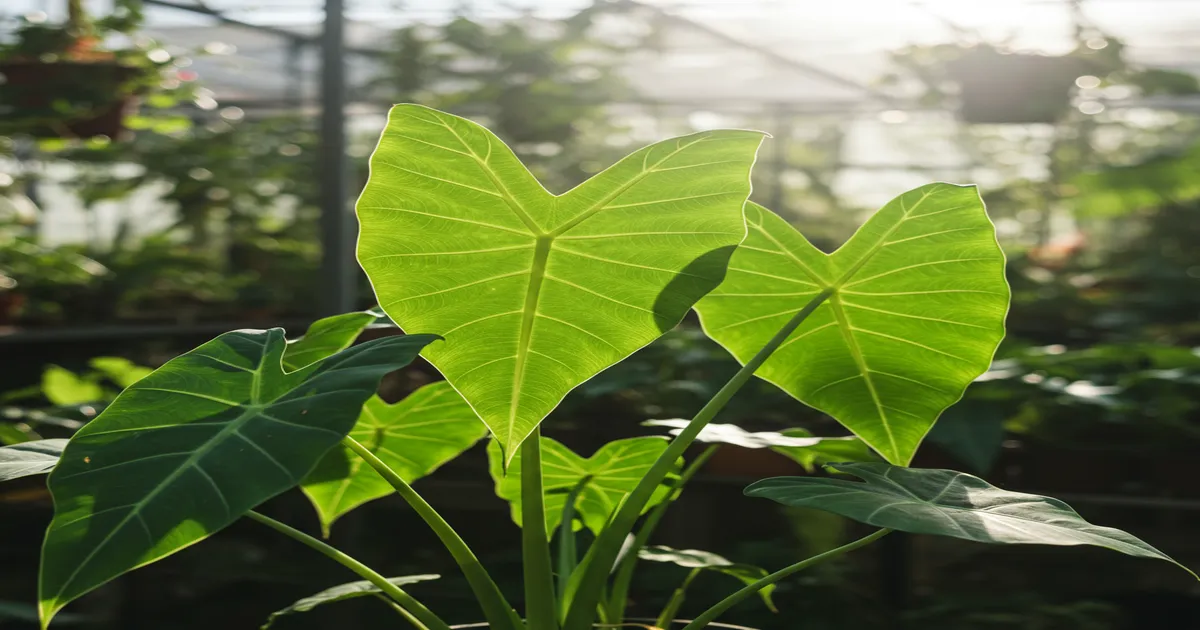
Alocasia Polly tends to grow slowly, especially when cultivated indoors, which means that trimming is usually unnecessary for shaping the plant or managing its growth. It is advisable to trim off any dead or damaged leaves during the spring or summer when the plant is actively growing. To encourage new growth, use sanitized pruners or shears to trim the leaves at the base of the stem. Although alocasia Polly seldom flowers indoors, it is recommended to trim away any faded flower heads to stimulate leaf development.
Alocasia Polly Propagation

If your healthy alocasia Polly has at least two bulbs with two leaves, you can propagate the plant through division. If you have a mature plant that is outgrowing its pot, division is an ideal solution. The optimal time for propagating alocasia Polly is during the active growth period in spring and summer. Here is how you can propagate alocasia Polly by division:
Instructions for Potting and Repotting Alocasia Polly
Alocasia Polly needs to be repotted every two to three years in order to renew its soil. If you notice roots emerging from the drainage hole at the bottom of the pot, or if water is not penetrating the soil and instead running down the pot’s sides, the plant is rootbound and will benefit from repotting.
It is best to repot during the spring when the plant is no longer dormant, using a pot that is one size larger than the previous one. Utilize fresh soil and choose a plastic or glazed ceramic pot over terra cotta to help retain soil moisture.
Surviving the Winter
Throughout the winter season, your indoor alocasia Polly might experience a halt in growth or appear somewhat lackluster and sagging. This is a common occurrence during the colder months with reduced daylight hours. However, if your plant is subjected to extremely cold temperatures, diminished light, and dry soil simultaneously, it could shed all its leaves and enter a dormant state. No need to fret—your plant is not dead. Just reduce watering and await the arrival of spring, when new leaves should sprout. To prevent dormancy in winter, consider using a grow light and maintaining a temperature of at least 70 degrees for your alocasia Polly.
Pest Control & Plant Ailments
Alocasia Polly is prone to common pests found in houseplants such as spider mites, scale, mealybugs, and aphids. It is important to monitor your plant closely and inspect its leaves frequently to detect any potential infestation at an early stage. In case you notice any pest issues, eliminate them using rubbing alcohol or neem oil and isolate the infected plant from your other plants.
Tips for Inducing Blooming in Alocasia Polly
Blooming Season
Alocasia Polly typically blooms during the summer months.
Characteristics of Alocasia Polly’s Flowers
These plants produce small, pale flowers that come in white or yellow hues.
Promoting More Blooms
To encourage blooming in Alocasia Polly, provide adequate bright, indirect light and maintain consistent moisture levels. Regularly remove faded flowers to stimulate further blooming.
Challenges Frequently Encountered with Alocasia Polly
Alocasia Polly is generally low-maintenance when provided with suitable conditions, but even experienced plant enthusiasts may face certain issues. Below are some typical problems that may arise with this indoor plant.
Development of Brown Patches on Leaves
Excessive exposure to direct sunlight can lead to the formation of brown spots on the leaves of your alocasia Polly. It is advisable to relocate the plant to an area that receives indirect sunlight.
Yellowing of Leaves
Yellow leaves may be a result of overwatering or underwatering. Verify the moisture level in the soil and make adjustments as needed.
Drooping or Shedding of Leaves
This could indicate that your alocasia Polly is reacting to seasonal variations in light and temperature, especially during winter, which may result in slowed growth or dormancy. Ensure the plant is kept warm, the soil remains moist, and consider supplementing with a grow light to increase daily light exposure.
FAQ
Can alocasia Polly thrive indoors?
Yes, alocasia Polly can flourish as an indoor plant when provided with appropriate conditions.
Where is the best location to position alocasia Polly in my home?
Choose a location with bright, indirect light for your alocasia Polly, such as an east-facing window.
What sets alocasia Polly apart from elephant’s ear plants?
Elephant’s ear is a collective term for plants belonging to the Alocasia, Colocasia


